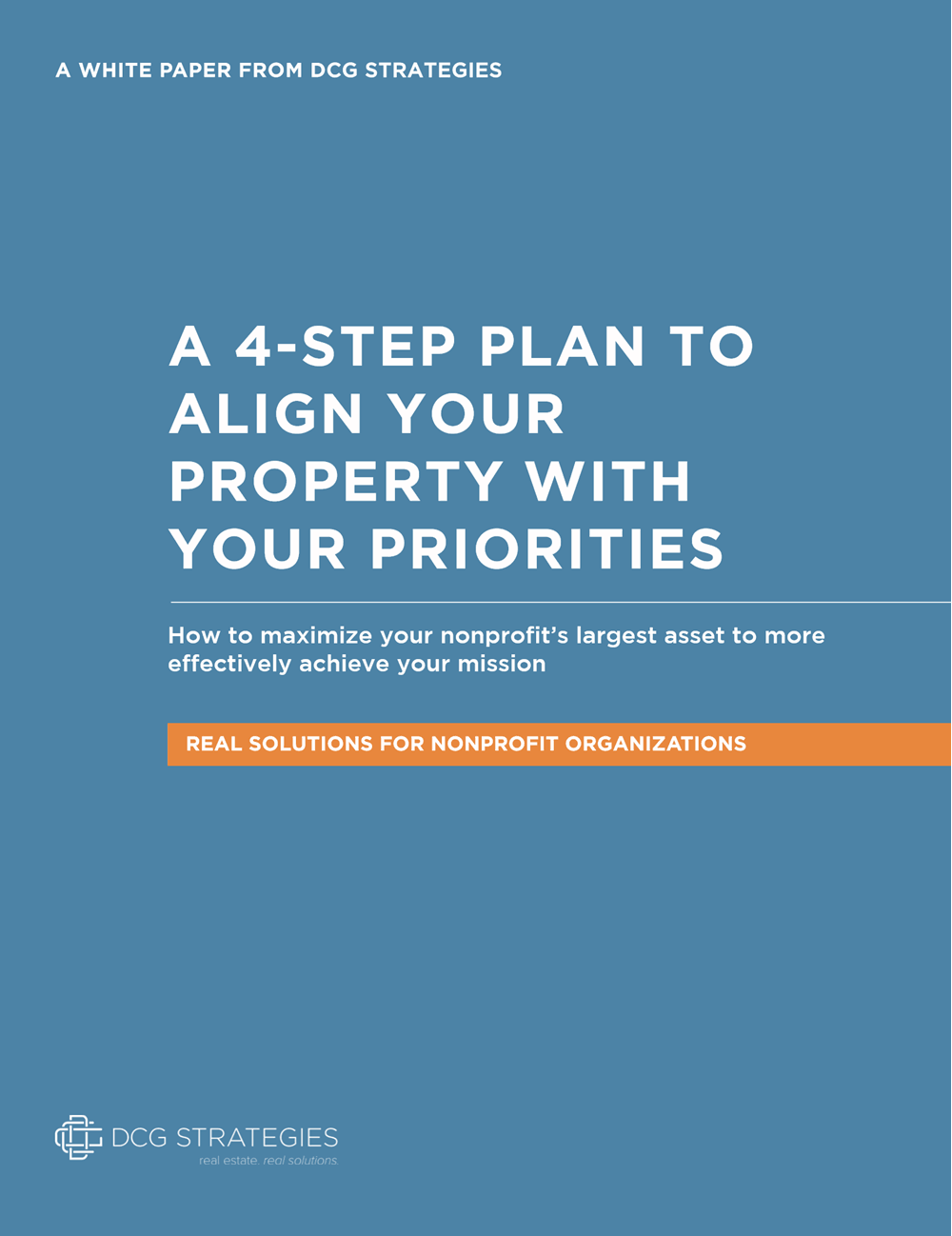A  recent San Francisco Chronicle article highlights the degree to which teachers all over San Francisco are struggling. A December survey of 920 teachers and classroom staff conducted by the United Educators of San Francisco union found that 77 percent had a difficult time finding suitable housing. Fifty-nine percent said they were concerned the city’s high cost of housing would force them to leave the district. While the media focus has largely been on San Francisco, districts across the Bay Area and California are struggling with the same issues: teacher recruitment, retention and job satisfaction amidst the sky high cost of living.
recent San Francisco Chronicle article highlights the degree to which teachers all over San Francisco are struggling. A December survey of 920 teachers and classroom staff conducted by the United Educators of San Francisco union found that 77 percent had a difficult time finding suitable housing. Fifty-nine percent said they were concerned the city’s high cost of housing would force them to leave the district. While the media focus has largely been on San Francisco, districts across the Bay Area and California are struggling with the same issues: teacher recruitment, retention and job satisfaction amidst the sky high cost of living.
This crisis has not gone unnoticed: everyone from legislators, teachers unions, district and city officials are all talking about finding ways both to bridge the short term gap yet develop a longer term solution. But as Susan Solomon, executive vice president of United Educations states here, “What would have been fast enough is starting five years ago.” While voters understand and appreciate the seriousness of situation, there is a climate of voter skepticism, and reluctance towards contributing more taxpayer funding in general, even for those who educate our kids.
Given this reality, forward thinking school districts across the state have started to take matters into their own hands with a creative strategy … using their surplus and underutilized land. School districts like Cupertino Union and San Diego Unified are leveraging closed school sites for affordable housing, Santa Clara County is expanding its employer assisted housing by dedicating 3.5 acres of district land in attempt to stem high teacher turnover. Using some of its surplus land, LA Unified School District is developing workforce housing for employees who meet designated income criteria, and Mountain View Whisman School District is trying to fast track a similar plan with available land. The list could go on and on.
In our conversations with school district leaders across the state, identifying more immediate and creative “Workforce Housing” solutions are at the top of their priority list as well – particularly those in “high rent” communities. And there is a very clear understanding the consequences of this need going unanswered: a growing and serious shortage of qualified personnel. “Teacher housing is an additional tool to recruit people,” said Dominic Dutra, a Bay Area real estate developer who helps school districts plan and build teacher housing. “School districts have all of this underutilized land, and here’s a policy that helps them be competitive.”
The fact of the matter is that virtually all of the organizations with whom DCG works (mission based organizations such as educational institutions, faith based and non-profit organizations) consider housing for their essential staff as both an issue and a priority. And given the land values across many of California’s metro areas, there is an openness and curiosity to understand how unused or surplus land can be used as a resource for funding of or development for critical housing needs.





